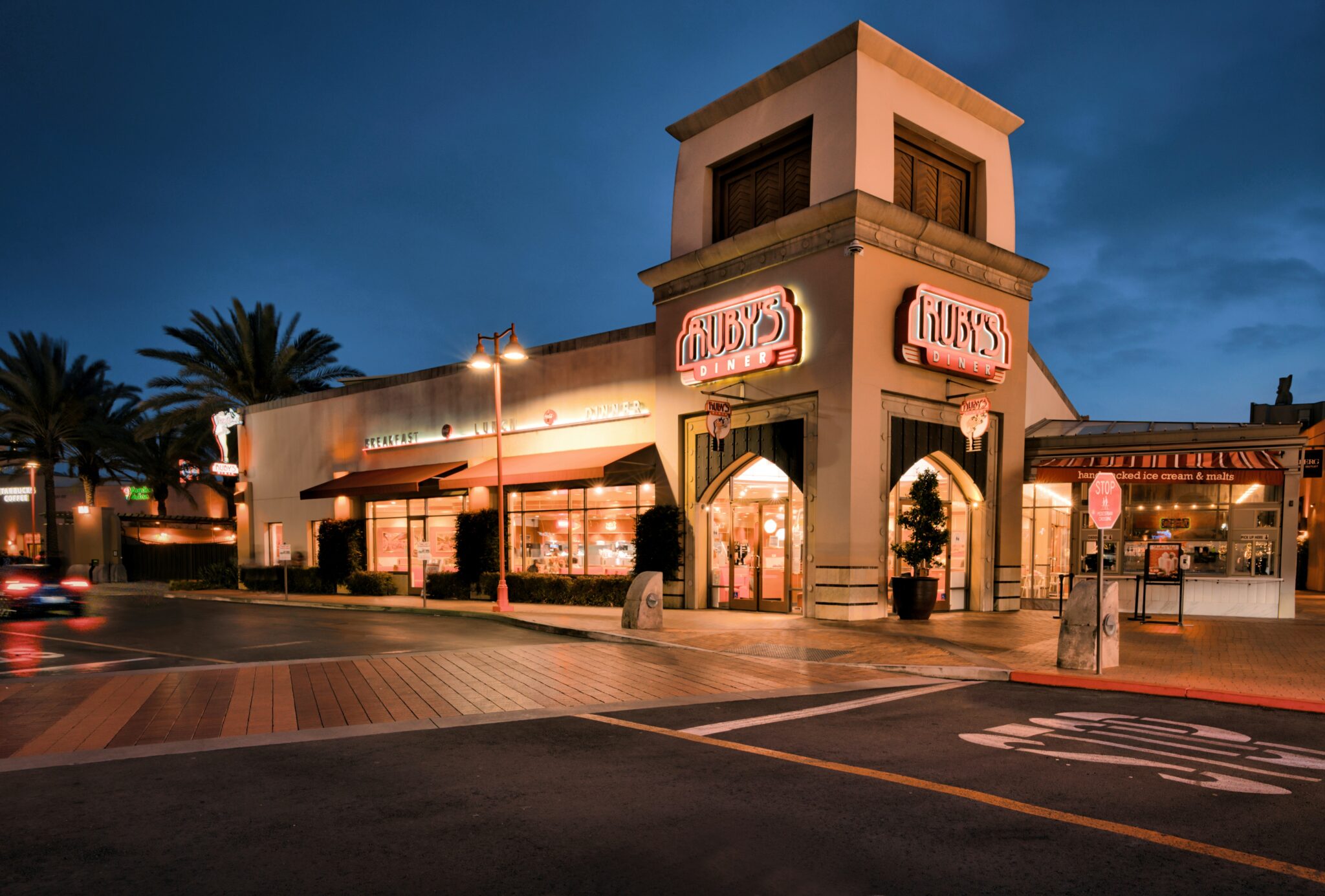
What Does “Commercial One Zoning” Mean?
Commercial one zoning is a special type of zoning that allows commercial service and shopping businesses to build and manage locations in residential areas. Cities typically want people who live in residential neighborhoods to be relatively undisturbed. Despite these guidelines being in place, cities also want the people who live in neighborhoods to have easy and convenient access to the vital services they need to survive without having to travel lengthy distances.
The types of businesses that can take advantage of C1 zoning include everything from barbershops to small neighborhood grocery stores. When a developer wants to use the land to begin construction on a building, they can either do so via a permitted use or a conditional use. When it comes to zoning regulations, permitted uses are ones that are 100% allowed as long as the business adheres to the various landscaping and property development standards.
On the other hand, a conditional use is one where land can only be used in specific ways if certain conditions are met. When a business or developer applies for a conditional use permit, the permit itself can only be obtained with discretionary approval by the city.
Before starting development in a C1 neighborhood commercial zone, it’s important to understand that these zones have relatively strict guidelines on how to develop. Even though the city wants residents to have easy access to grocery stores and gas stations, anything that would disrupt the area would invariably be difficult to obtain approval for. This article provides you with everything you need to know about commercial one zoning and when it can be used.

C1 Neighborhood Commercial Zone Development Requirements
Because C1 zoning involves businesses being able to set up shop in residential areas, many of the requirements that developers must adhere to center around making sure that noise is kept to a minimum and that the amount of disruption caused by the business isn’t notable.
Every developer must adhere to the minimum property development standards that were created for C1 zoning. These guidelines apply to all buildings and pieces of land that exist within a C1 zone. For instance, each building in the zone must be outfitted with vehicular access to a nearby street that’s at least 20-feet wide. Some of the additional development requirements that you should take into account if you want to develop in a C1 zone include:
- Minimum lot area – A single acre
- Maximum lot coverage – 35%
- Maximum building height – 35 feet
- Minimum lot width – 200 feet
- Minimum lot depth – 200 feet
- Minimum front yard requirements – 25 feet
- Minimum rear yard requirements – 10 feet
- Minimum side yard requirements – 10 feet
If you make sure to follow all of these guidelines while developing a building, the city shouldn’t have any issue with your project. Keep in mind that multiple inspections will likely occur during construction, which is why it’s important to get everything right the first time. Any mistakes that are made when taking C1 zoning regulations into account could lead to substantial fines as well as an order that the work you’ve done up to this point is altered or torn down completely.
Along with the minimum property development standards, there are also a selection of landscaping requirements that you must meet. For instance any street yards and front yards will need to be landscaped at a depth of at least 10 feet. Any remaining side or front yard areas as well as setbacks can be used for off-street parking. This landscaping must mainly be comprised of plant materials. However, this doesn’t apply to any drives or walks in the area.
You’ll also discover that there are a selection of guidelines and regulations pertaining to properties that are abutting a residential zone. The first of these guidelines is that setbacks of at least 20 feet are necessary in areas within a residential zone that abut a neighborhood commercial zone. These setbacks can be used to provide visitors with off-street parking solutions.
Another guideline involves a commercial use abutting a property that’s situated in a basic residential zone. In this scenario, masonry walls that are at least six feet high must be positioned in the area. A landscaping screen should be placed between the wall and property line at a width of at least five feet. The wall and landscaping screen must be properly maintained at all times.
The third guideline involves off-street parking areas. In the event that these specific parking areas are positioned directly across the street from a home or other property in a residential zone, a berm or masonry wall must be installed between the parking area and the landscaped area. It’s essential that the wall or berm is at least three feet tall. The purpose of this requirement is to make sure that parking areas for C1 zone businesses are screened from residential areas.
The fourth and final regulation involving properties that abut a residential zone is that sprinkler and landscaping plans must be formally approved by the city the zone is situated in before a building permit will be issued for your work.
There are also a few regulations regarding noise. As mentioned previously, cities don’t want businesses in C1 zones to create too much noise, which is why factories and industrial facilities are never allowed in these zones. When taking the Occupational Safety and Health Act of 1970 into account, the noise that’s produced from a commercial operation or use may not be louder than five decibels over the area’s ambient noise level.

C1 Zoning Permitted Uses
When a use in a zone is permitted, this indicates that developers can use their land or create buildings in a manner that adheres to any permitted uses. For instance, C1 zoning districts permit the use of this land for various civic spaces. These spaces include playgrounds and community gardens of any size.
There are also a vast selection of institutional buildings that can be placed in a C1 zone. These buildings include public and private community buildings, entertainment facilities, cultural or education libraries, museums, public/private recreation and sports facilities, off-site parking for industrial and commercial use, religious institutions, theaters and similar places of assembly, and sports stadiums.
The many other permitted uses in C1 zones include:
- Residential – Community types
- Lodging – Inns
- Office – Laboratories, small offices, and general offices
- Retail and service – Commercial laundry, convenience store, display gallery, gas station, kiosk, retail facility below 10,000 square feet, personal service, open market building, bar, tavern, restaurant, catering service, bakery, and food truck
- Agriculture – Auction yard, farming and ranching, winery or wine tasting room, and commercial greenhouse/nursery
- Automotive – Auto-related service and repair as long as it isn’t auto painting
- Civic support – Veterinary kennel or clinic, agricultural office, medical research, animal hospital, and public or private health services
- Education – Commercially operated adult care and childcare, home occupation childcare, trade school, and college or university
- Industrial – Laboratory facilities, wastewater lift stations, and utility buildings
Keep in mind that the agricultural facilities mentioned above are only permitted if the land is set to be used solely for on-farm operations.

C1 Special Use Permits
As was mentioned previously, you can also obtain a conditional use permit from the city that may allow you to use the land in a C1 zone for a purpose that isn’t listed as one of the permitted uses. Discretionary approval by the city must be obtained before you can benefit from a special use permit. Keep in mind, however, that these permits aren’t always approved.
The decision on approving or denying a special use permit is made by the Regional Planning Commission, the County of Los Angeles Board of Supervisors, or a hearing officer. A public hearing may also occur, which gives you the opportunity to present your case before the public. Special use permits may be obtained for:
- Mobile home parks
- Recreational vehicle parks
- Major facilities that accommodate the distribution of natural gas, electricity, sewer, water, and cable
- Wireless community facilities
Even after a conditional use permit has been approved, it could be withdrawn in the event that you don’t follow the conditions that the city requires of you.
Conclusion
C1 zoning is common in cities that want to make sure their residents always have access to the necessities no matter where they live. This type of zoning is most commonly used for beauty salons, grocery stores, laundromats, restaurants, drugstores, and barbershops. As with every type of zone, you are required to adhere to certain regulations if you want to develop on C1 zoning land. These regulations are fairly straightforward and shouldn’t be too difficult to abide by.
If you intend to use this land for one of the many permitted uses mentioned previously, beginning development only requires a building permit and knowledge of the aforementioned regulations. On the other hand, special uses of this land may require a conditional use permit, which the city must approve before you can obtain the building permit that’s needed to begin development.

Jason Somers, President & Founder of Crest Real Estate
With over 15 years of professional experience in the Los Angeles luxury real estate market, Jason Somers has the background, judgement and track record to provide an unparalleled level of real estate services. His widespread knowledge helps clients identify and acquire income producing properties and value-ad development opportunities.
Learn more about Jason Somers or contact us.



